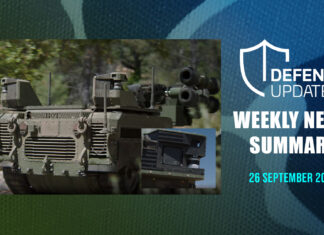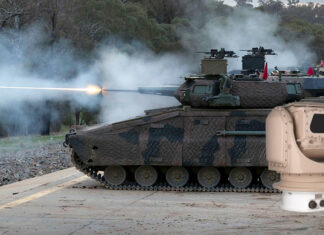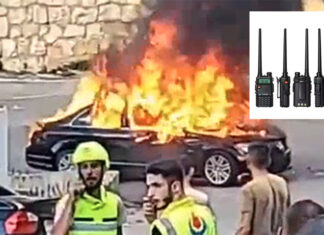Most of the current Low Intensity Conflict (LIC) operations between the Palestinians and Israelis over the occupied territories in the Gaza Strip and West Bank are taking place in densely built-up environment. This type of terrain is favorable for urban guerilla warfare, and poses tough challenges for the deployment of regular military forces.
Having to engage the enemy in such terrain, the Israel Defense Forces (IDF) developed unique urban combat effects based capabilities which enabling forces to localize effects on the target, while minimizing collateral damage to surrounding area, friendly forces and non-combatant population. Based on experience gathered during operations in Jenin and especially in its refugee camps in 2003, the IDF is examining several systems which will enhance terrain and situational assessment, planning and tracking of complex urban operations. A typical system is the DTACT developed by IAI/MLM for situational awareness, operational planning, simulation and mission rehearsal.
Such systems are based on advanced simulation tools, including Tiltan Systems’ T-View 3D terrain model enabling commanders to plan, track and assess the situation on a detailed 3D representation of a complex urban terrain, including thousands of geo-specific structures. The system provides commanders at different levels and locations capabilities to share a common visualization of an area, simultaneous to the same viewpoint as seen by each combat element. Tiltan also offers the ArenaViewer produces an interactive visualization of the battlespace created from real-time imagery and video feeds overlayed on 3D terrain and fused with geo-referenced data layers. ArenaViewer simplifies access to multiple sensor and data layers via existing low bandwidth communications channels.



















